Let’s talk oxygen. Not only is it vital for humans, but your car also needs it to function as well. Without the optimal oxygen ratios, your vehicle isn’t going to run at its top performance levels. That’s where your car’s oxygen sensors come in…
What Does An Oxygen Sensor Do?
Oxygen sensors optimize performance and emissions by monitoring the oxygen ratios in the exhaust system and reporting the Aforementioned to the P.C.M. (vehicle’s main computer).
Too much oxygen read by the oxygen sensor is a lean mixture and generates nitrogen-oxide contaminants. Extremely lean conditions may cause overheating and engine damage. The opposite is known as a rich mixture and can cause pollution and an engine that misfires or runs rough. Oxygen levels vary from outside factors like altitude, temperature, load weight, engine temperature, barometric pressure, etc. Oxygen sensors will calculate the ratio of oxygen to fuel in the exhaust and communicate that information to your car’s computer. The computer will then adjust the gasoline inputs based on the balance to keep it at optimal levels.
All vehicles after 1980 have at least two oxygen sensors, one in front of the catalytic converter and one in the exhaust manifold. Many modern cars have additional oxygen sensors (normally four in total), but it varies depending on the make and model and how many cylinders your engine has.
There is a reason its oxygen sensors are one of the most common vehicle repairs because it’s an important — and a required part. If your oxygen sensor isn’t functioning correctly, the needed adjustments to fuel input won’t happen.
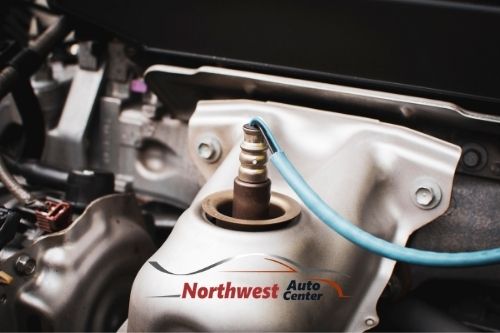
Signs of Failing Oxygen Sensors
With an important job not only for your vehicle but also for the environment, your vehicle is likely equipped to tell you when your oxygen sensors are failing.
Check Engine Light
That pesky check engine light isn’t just on to light up your world; it’s trying to alert you of an issue.
And that issue may have to do with the oxygen sensor and/or oxygen ratios in your vehicle. When that check engine light comes on, it’s time to head to your local mechanic. While other warning signs could indicate it’s running less efficiently when the check engine light comes on, it means there is a significant issue.
Ignoring this could mean damage to your engine, especially if the oxygen levels are too high (a lean mixture).
Backfires or Misfires
When your oxygen sensor fails to do its job, most vehicles revert to their factory standard oxygen-to-fuel ratio. That’s fine as long as there are no out-of-the-normal factors like a rainstorm, steep hill, or a heavy load.
When you have sub-optimal oxygen levels, you may notice that your vehicle is misfiring, low on power, or backfiring. If it happens once or twice, it could just mean a one-time issue. But, if it’s happening more frequently, then making an appointment with your local shop would be a good idea.
Increased Emissions
When your oxygen sensor doesn’t properly manage a rich mixture (a ration with too little oxygen), it increases emissions. Not only is your engine not running at its peak performance, but now it has become an environmental issue.
While hard to catch, if your state requires an emissions test, you may find yourself needing a vehicle repair to renew your car registration.
Keep Your Car at Peak Performance
Without a working oxygen sensor, your car can’t run properly as the oxygen levels will be sub-optimal without monitoring for needed adjustments. Keep an eye for warning signs and always make an appointment if your check engine light comes on.

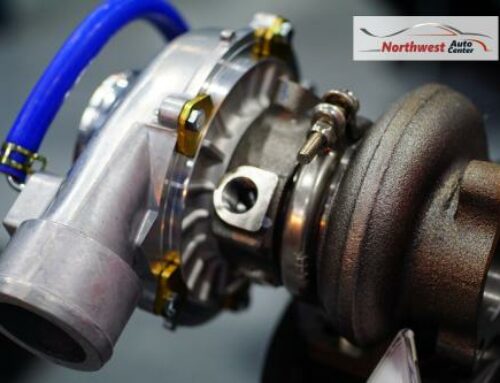
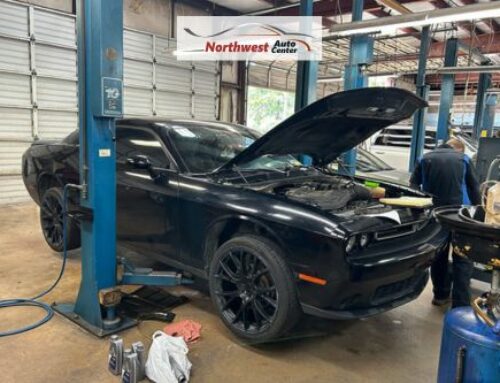
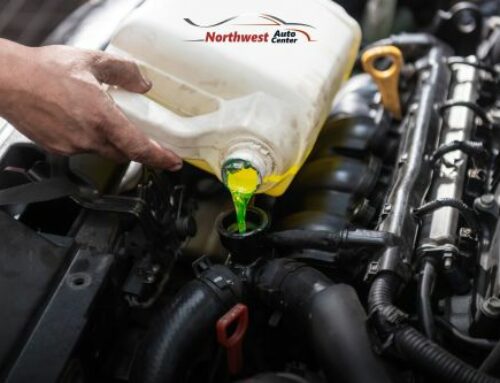
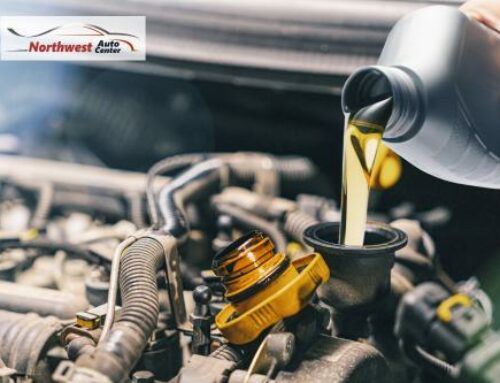
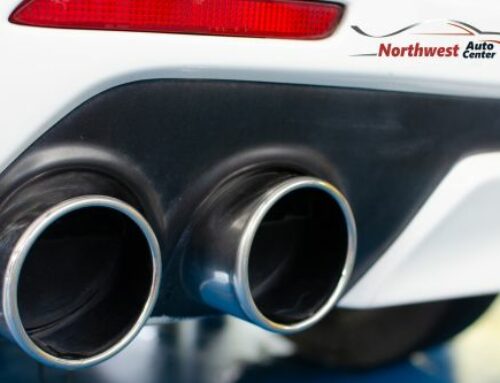
Leave A Comment
You must be logged in to post a comment.